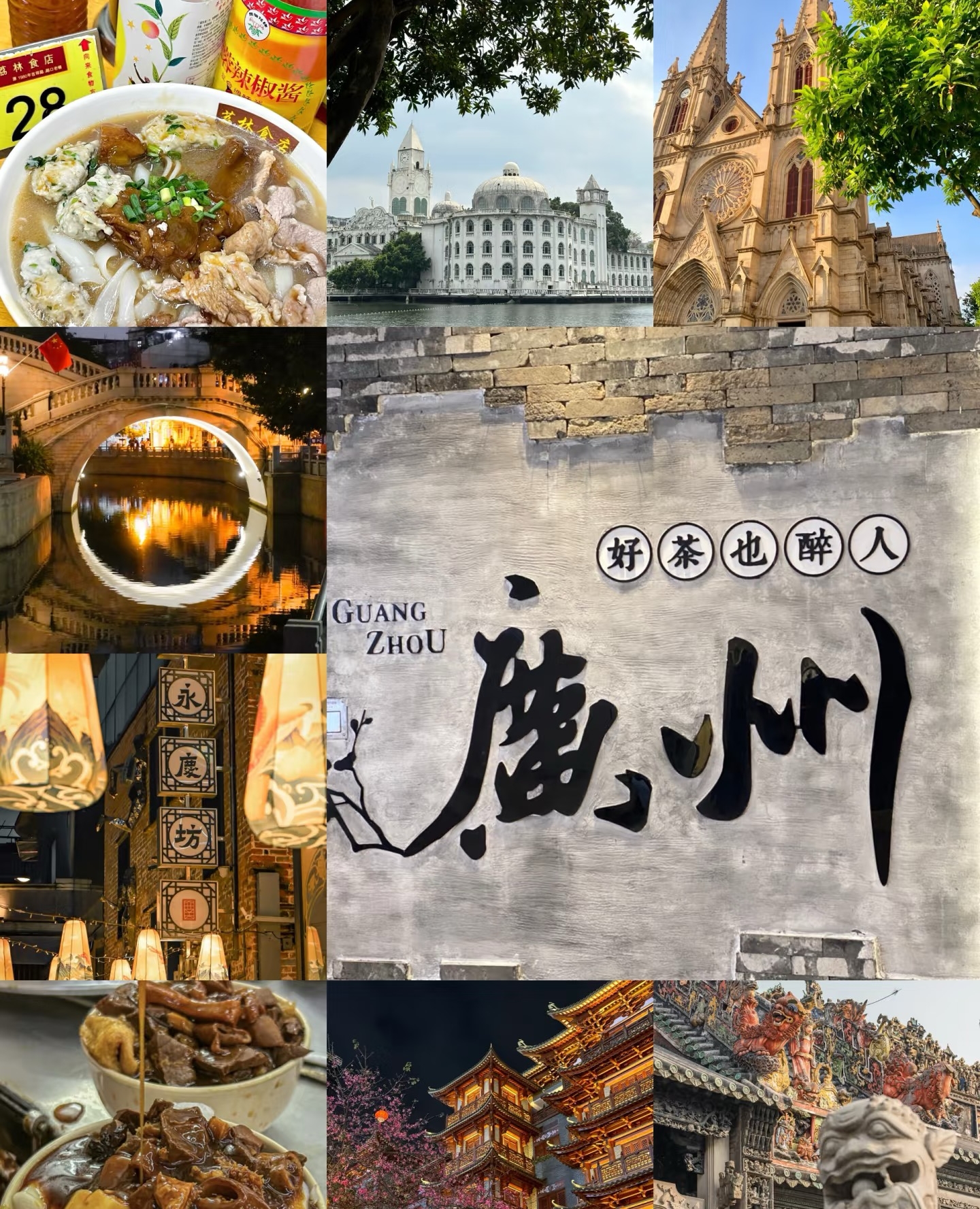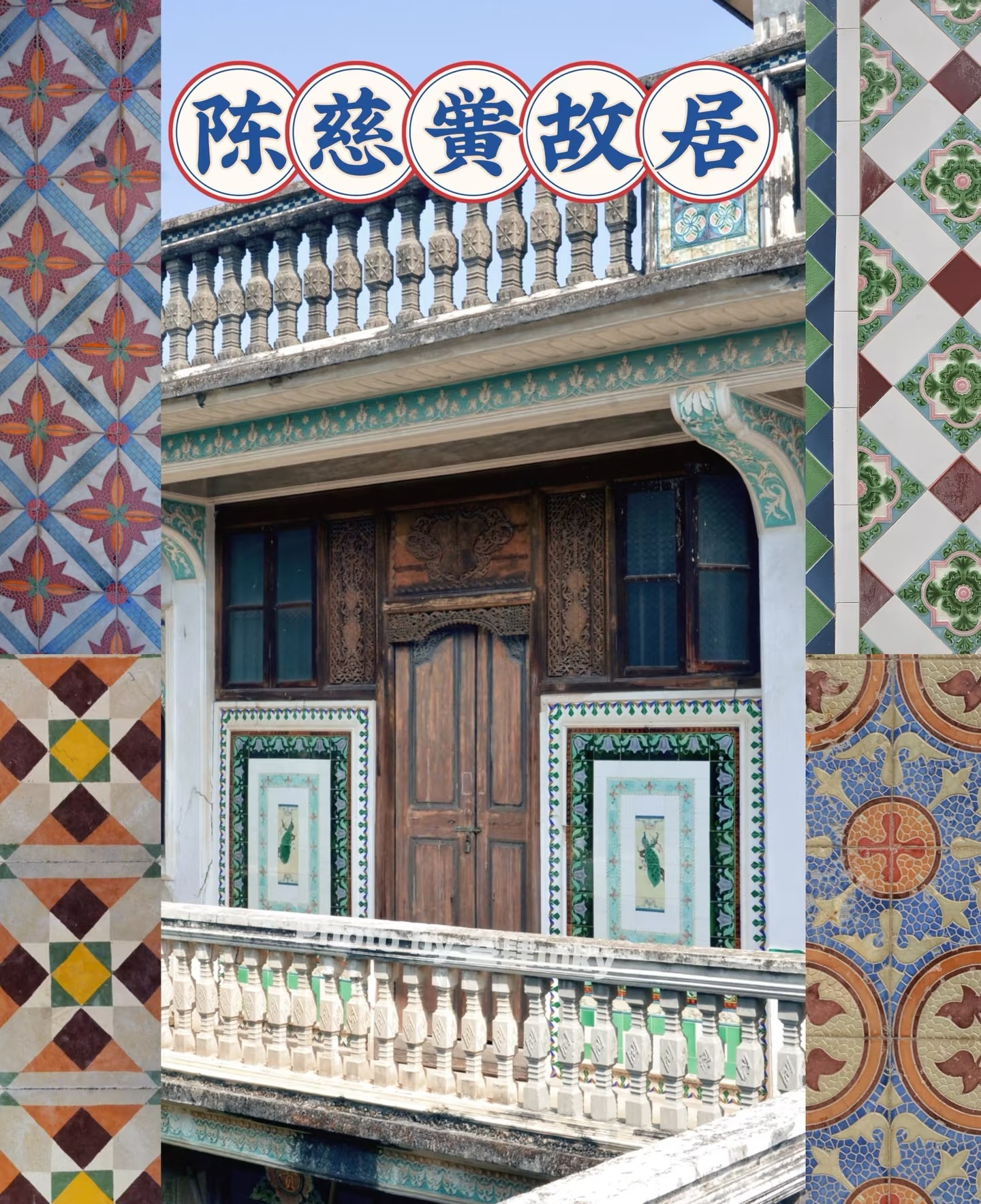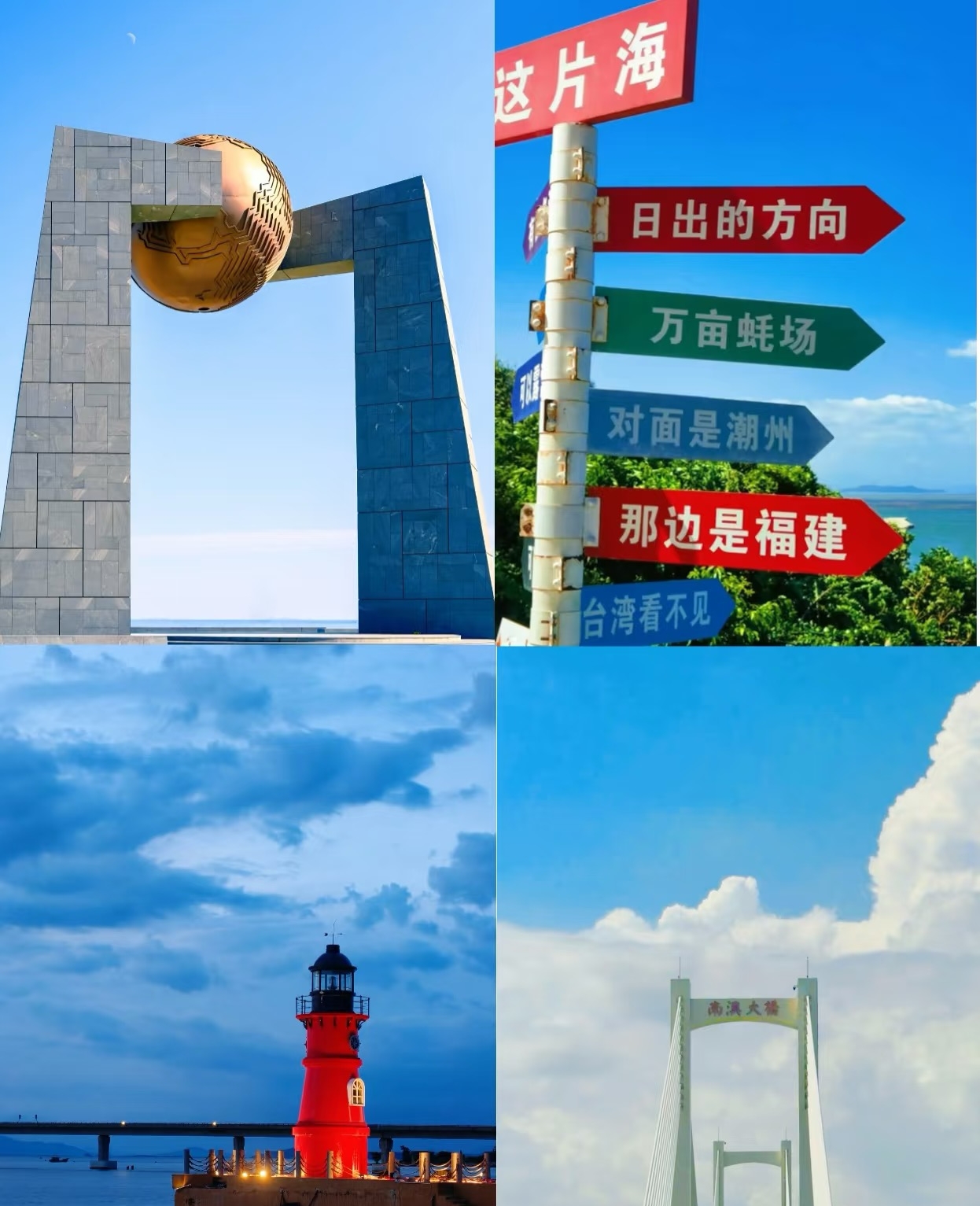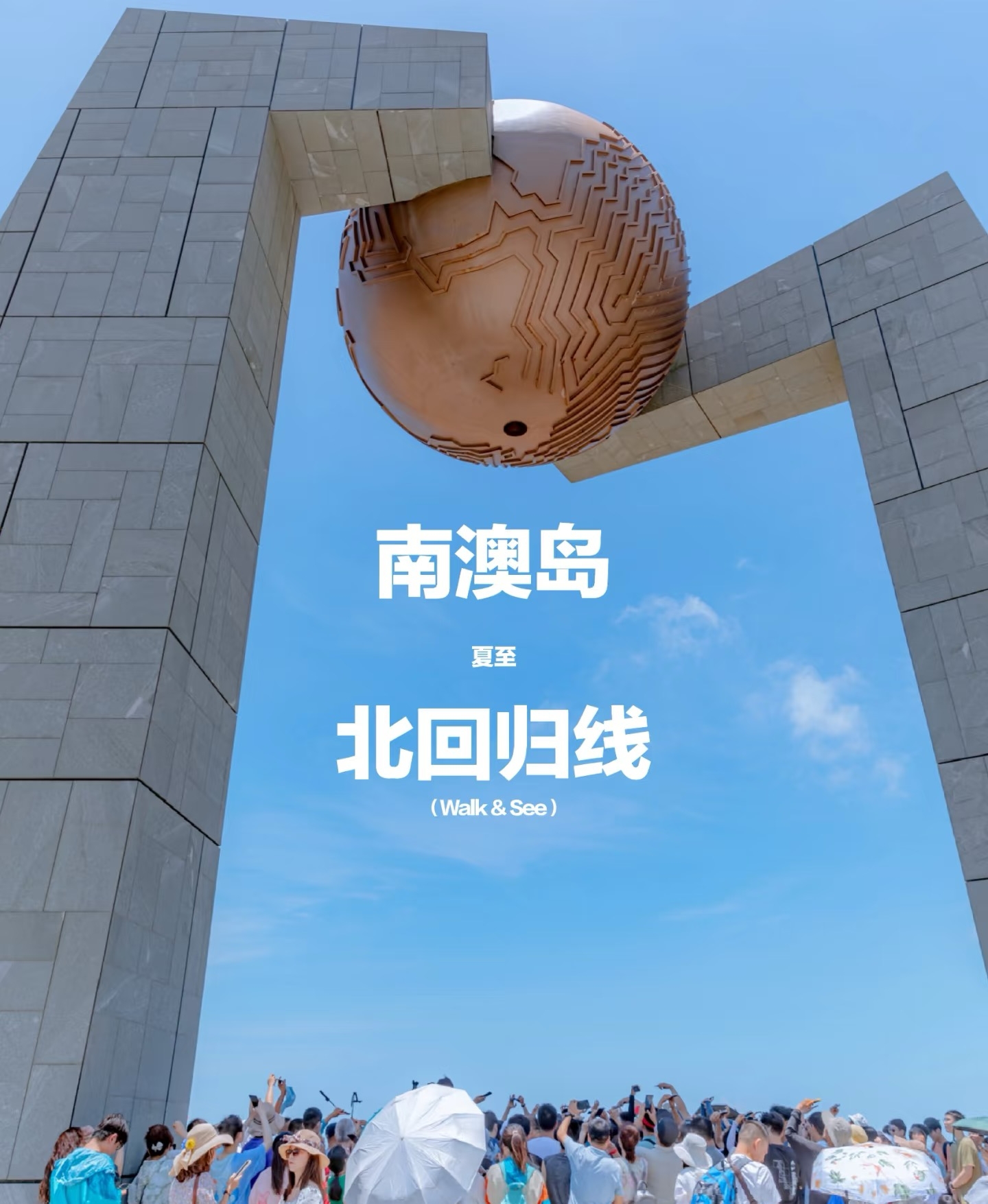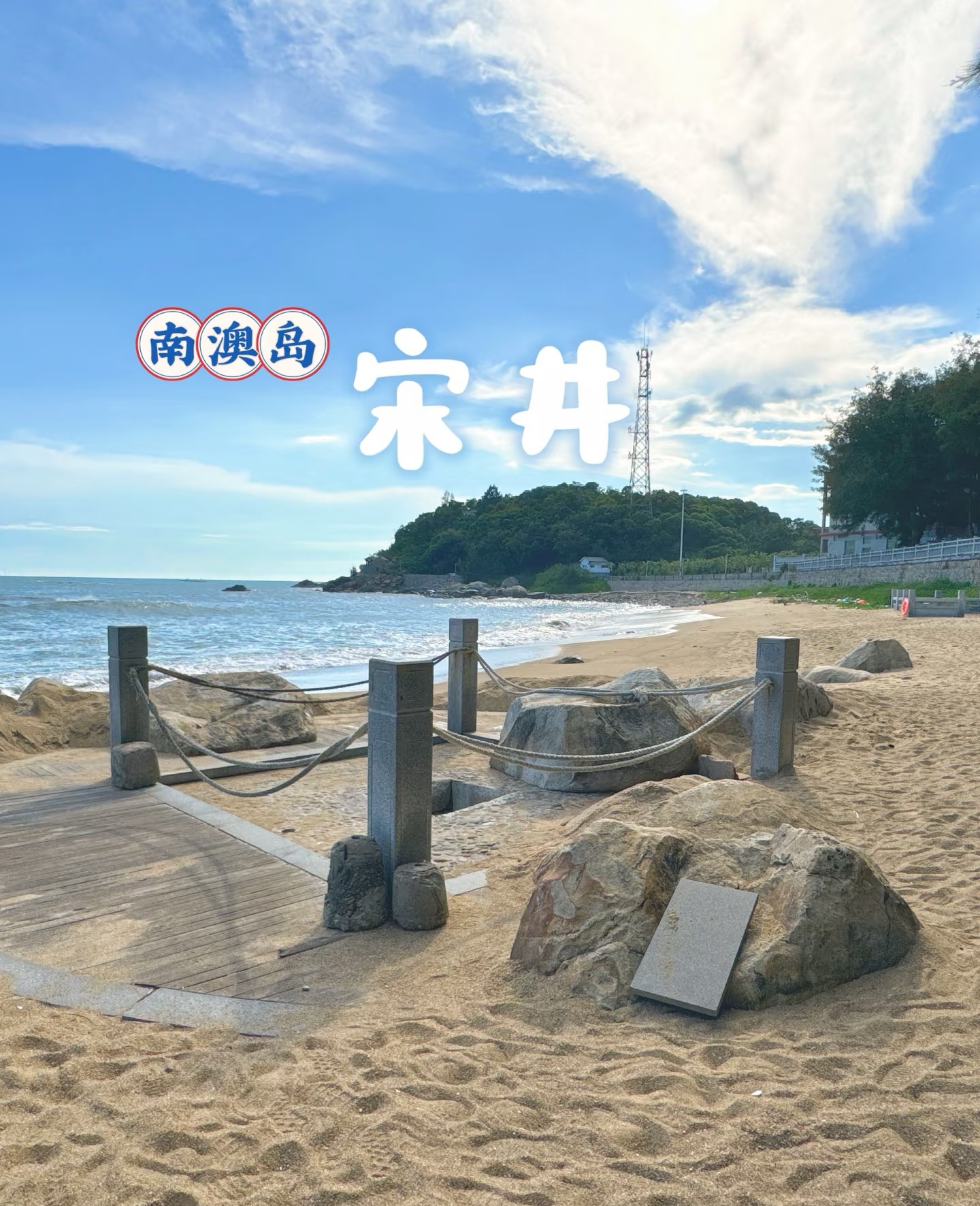

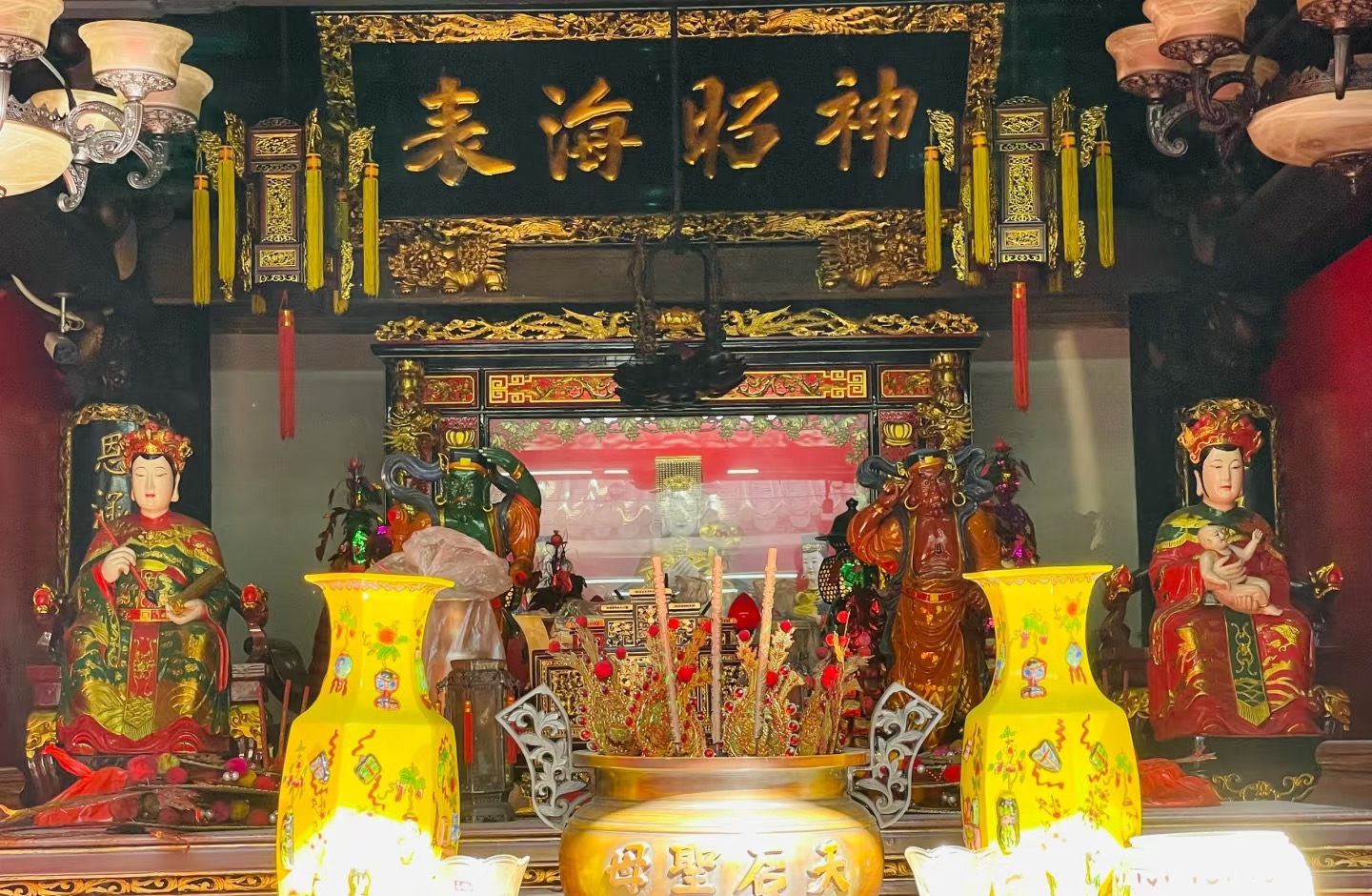
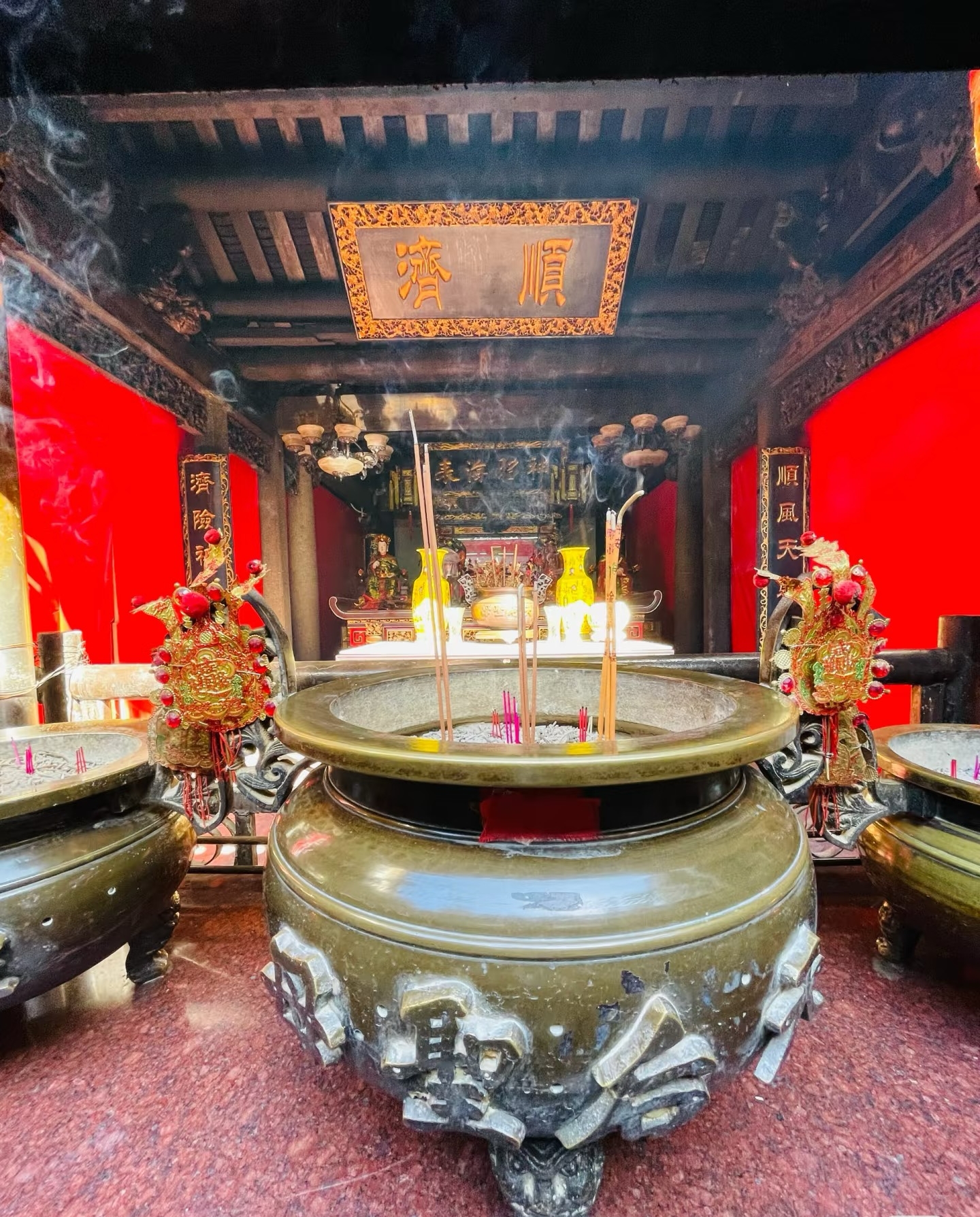

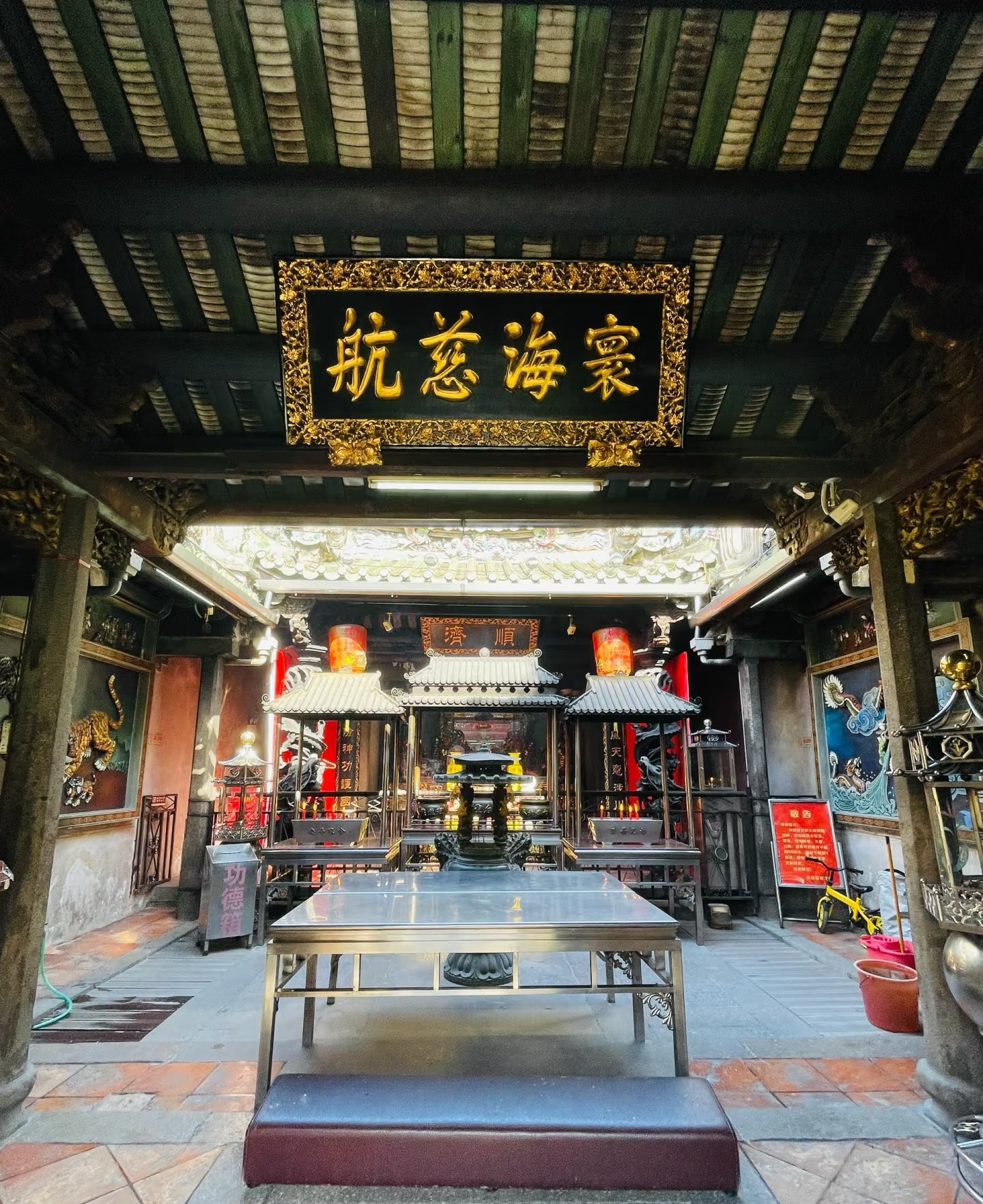
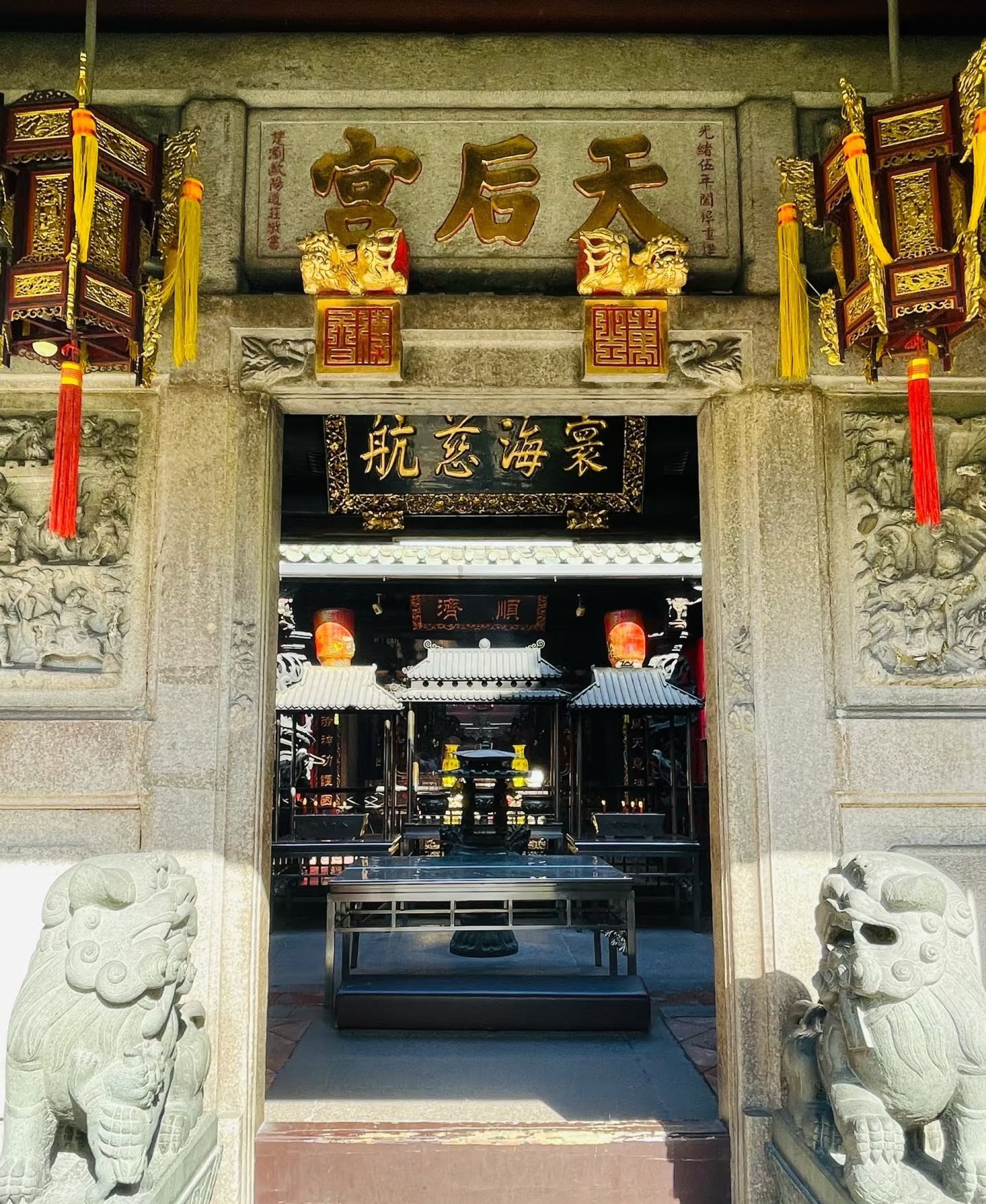
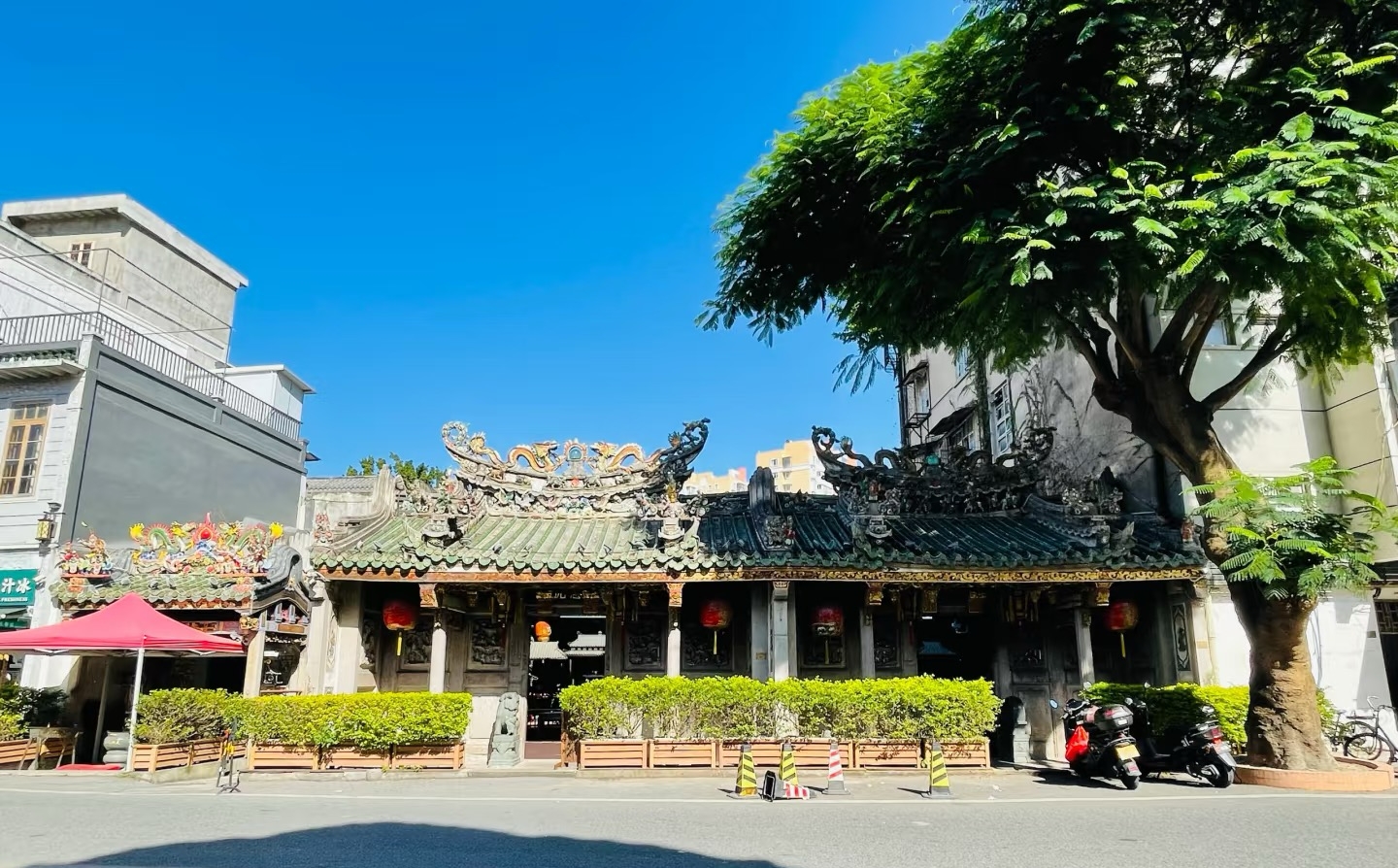
Laoma Temple
Laoma Temple is a historic Taoist temple dedicated to Mazu, the goddess of the sea. Built during the Qing Dynasty, it has been an important spiritual center for local fishermen and maritime communities. The temple features traditional Chinese architectural elements, intricate wood carvings, and colorful decorations, reflecting the region's strong connection to the ocean.
Information
Ticket price
Time
Location
20 Waima Rd, Jinping District, Shantou, Guangdong, China
View maps
More about the trip
Laoma Temple: A Spiritual Haven for Seafarers in Shantou
Laoma Temple is a historic Taoist temple dedicated to Mazu, the goddess of the sea. Built during the Qing Dynasty, it has been an important spiritual center for local fishermen and maritime communities in Shantou. The temple features traditional Chinese architectural elements, intricate wood carvings, and colorful decorations, reflecting the region's strong connection to the ocean and its reliance on Mazu for protection and prosperity. It offers a glimpse into the local religious beliefs and maritime culture.
What to See and Do
Worship Mazu: The main purpose of the temple is to worship Mazu, the revered goddess of the sea. You can observe local devotees offering incense and prayers, and experience the spiritual atmosphere.
Traditional Architecture: Admire the traditional Chinese architectural style of the temple, with its ornate roof ridges, colorful glazed tiles, and intricate wood carvings depicting mythological figures and auspicious symbols.
Intricate Carvings: Pay close attention to the detailed wood carvings on the temple's beams, pillars, and altars, which showcase the exquisite craftsmanship of the region.
Cultural Significance: Learn about the historical and cultural significance of Mazu worship in coastal communities, and her role in protecting seafarers and ensuring safe voyages.
Explore Xiaogongyuan: Laoma Temple is located within the historic Xiaogongyuan Commercial Area, which is filled with other historic Qilou buildings, traditional shops, and eateries. You can explore the surrounding streets for local snacks and handicrafts.
Photography: The colorful decorations and traditional architecture offer good photo opportunities.
Best Time to Visit
The temple is suitable for visiting year-round. Evenings are particularly vibrant with illuminated buildings and a bustling atmosphere in the surrounding commercial area. Spring and autumn offer the most pleasant weather for outdoor exploration.
How to Get There
Laoma Temple is located in Jinping District, Shantou, within the Xiaogongyuan Commercial Area. It is easily accessible by local buses and taxis from Shantou city center.
Travel Tips
Dress modestly: As a religious site, it's respectful to dress modestly, covering shoulders and knees.
Respect local customs: Be mindful and respectful of worshippers and their practices.
Wear comfortable shoes: You'll be doing a lot of walking on stone-paved streets in the area.
Combine with other historic buildings: The temple is surrounded by other significant historical structures in the Xiaogongyuan area, making it easy to explore them together.

